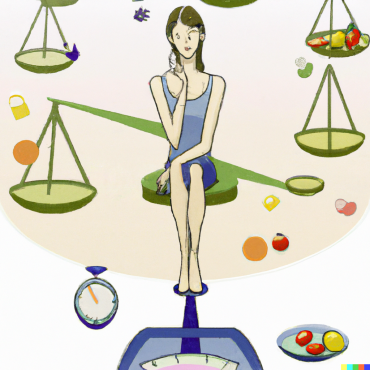There are various reasons as to why the abortion pill is used and it’s important to understand how it works before making the decision. Some mothers may also not be willing to have a baby at that given time. For whatever reason it is, an abortion pill, also known as medical abortion, can be taken to terminate the pregnancy.
This pill is responsible for the termination of a pregnancy. You should ensure that you visit a doctor for advice before you take this pill. He or she will be able to advise you on whether or not it is the right decision that you should make.
What Happens During A Medical Abortion?
The abortion pill involves several steps over many days. Two drugs are used during these steps. The drugs in the process are mifepristone and misoprostol. The protocol can only be used in the first few weeks of pregnancy, oftentimes that window expires before the woman even realizes she is pregnant. In that case, if she chooses to go through with it, she will need to have a surgical abortion in an abortion clinic.
Mifepristone is the first pill that is taken. This pill stops the growth of the pregnancy. It detaches the fetus from the uterine walls thereby blocking the hormone progesterone. Bleeding or nausea may be experienced after taking this pill. However, this is not common. Antibiotics may also be administered to prevent infection.
Misoprostol is the second pill that is given. This is generally taken up to 2 days after you have taken your first pill. Your doctor will prescribe the right time for you to take it. This pill is either inserted into your vagina or dissolves into your cheeks.
This pill stimulates the uterus to start cramping and bleeding to help to flush out the pregnancy from your body. Bleeding and cramping for most people starts an hour to four from the time one takes the misoprostol. Large blood clots or clumps of tissue can be seen when this happens. This is normal. There is no need for alarm or panic.
This may feel like an early miscarriage. You may experience a heavy crampy period. Clots the size of a lemon can be seen during this time. If you have not experienced any bleeding within 24 hours, it is wise for you to call your doctor.
Bleeding and cramping may last for several hours. 4-5 hours is what most people take to expel the pregnancy tissue. However, it may take longer for others. Bleeding and cramping eventually slows down once the pregnancy-related tissue gets out. This cramping may continue for 1 or 2 days after the abortion.
A drug such as ibuprofen can be taken to help with pain before taking the second medicine. This can be taken 30 minutes before taking misoprostol. It helps with cramps. Anti-nausea medicine can also be taken if it is administered by your doctor. Aspirin shouldn’t be taken because it will lead to more bleeding.
Bleeding can continue several weeks after abortion. It’s normal when this happens. Tampons, pads or a menstrual cup can be used during such times. Pads may be recommended by your doctor for the first few days for you to track your bleeding.
An ultrasound or blood test should happen as a follow-up. You need to go back and see your doctor about this. Alternatively, a pregnancy test would do coupled with a call from your doctor or nurse. These tests are to ensure that the abortion was successful and that your health is stable.
If the abortion does not work and you are still pregnant, you need to discuss what the options for you are with your doctor. You may require another dose of medication for abortion in this case. Alternatively, an in-clinic procedure may be recommended to help you go through your abortion.
How Does the Body Respond to Misoprostol?
The body reacts to the abortion pill in various ways. Bleeding that starts within 8 hours of the first pill may continue several weeks after abortion. Where hemorrhaging is experienced, the help of your doctor should be sought.
Nausea and vomiting may also be experienced. Misoprostol causes nausea when taken. Nausea may occur for up to 2 days after it is taken. Mifepristone, on the other hand, causes vomiting. This eases off within about 24 hours.
Misoprostol can cause women to experience fever and chills. This lasts for about 24 hours after the pill is taken. If your fever rises above 100 degrees Fahrenheit, there may be a need for you to see a doctor. This may be an indication of an infection.
Diarrhea may also be present in the form of a watery or loose stool. This may occur 3 or more times a day. Hydration is important when you are experiencing diarrhea after abortion.
Headaches happen due to hormonal fluctuations within the body. You end up feeling weak, dizzy and tired. This is caused by misoprostol. These symptoms may be experienced for around 48 hours.
Termination of a pregnancy can be facilitated by the use of the abortion pill protocol. Do not attempt to self administer the abortion pill, be sure to consult a qualified doctor and that can oversee your abortion in case you have severe side effects. This protects you and may minimize the risk of various complications that may arise.

























































Comments